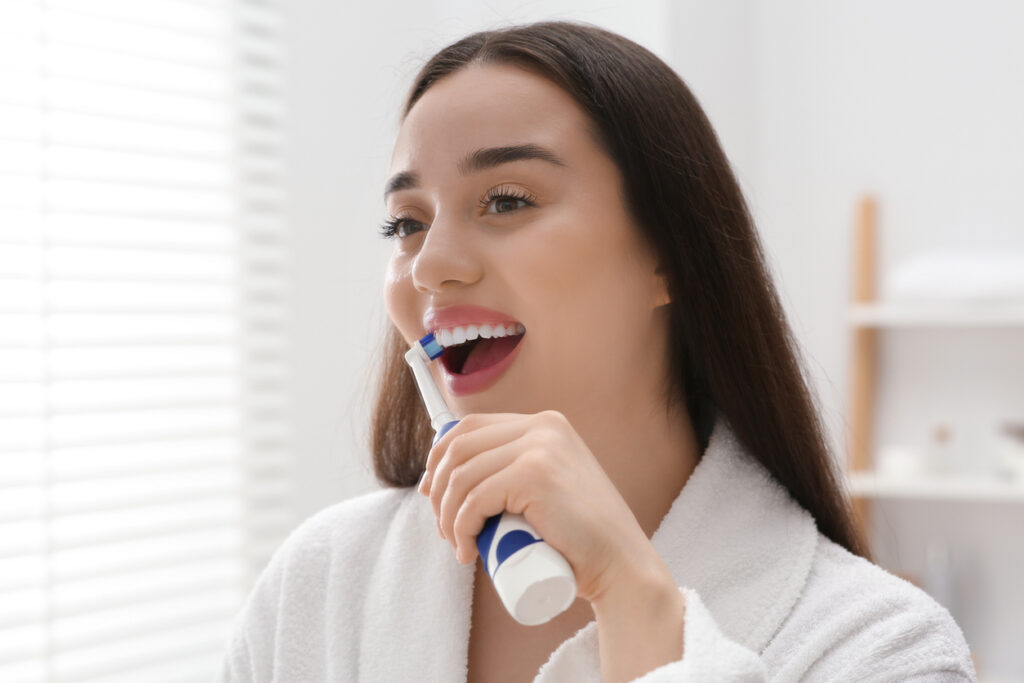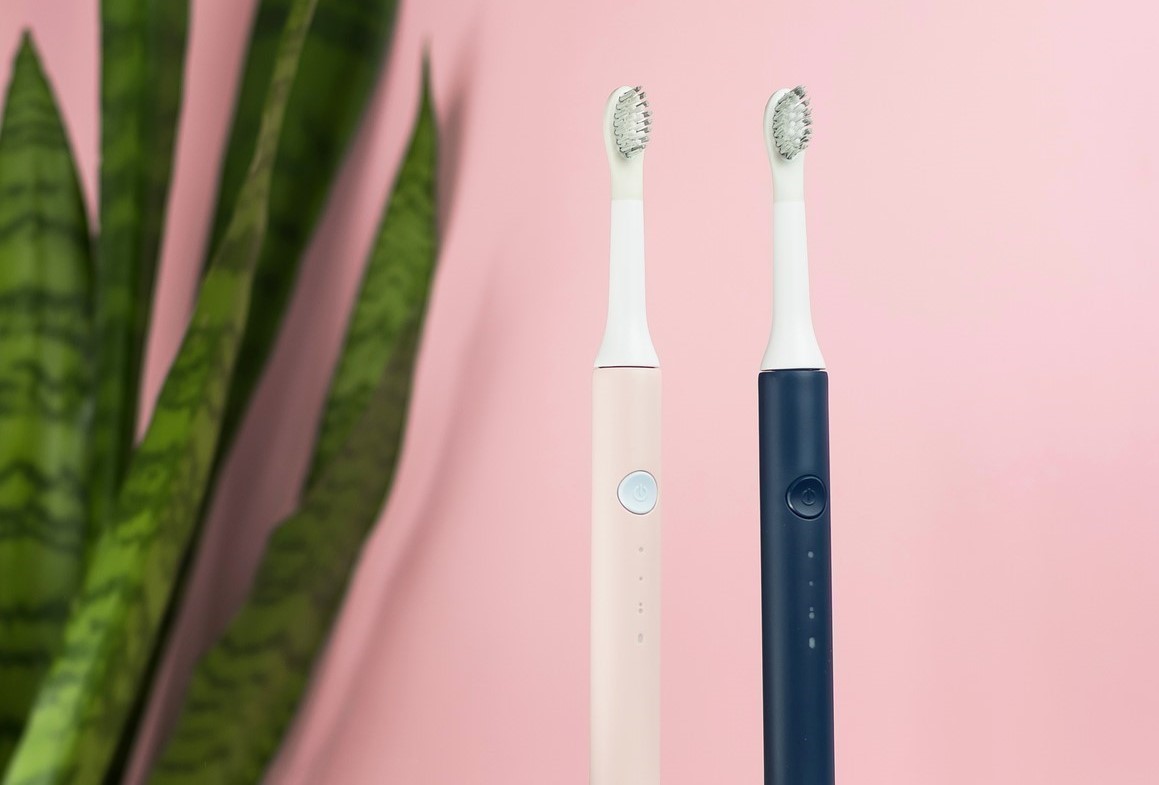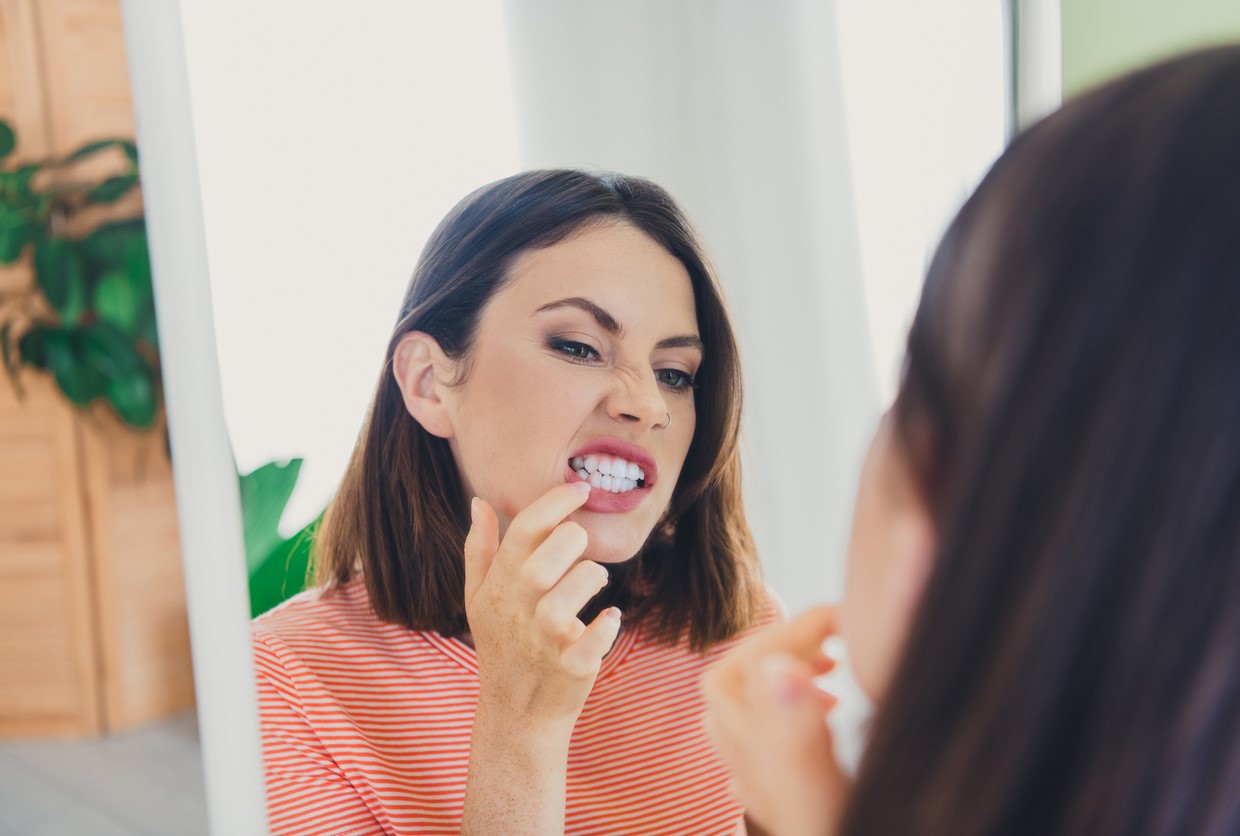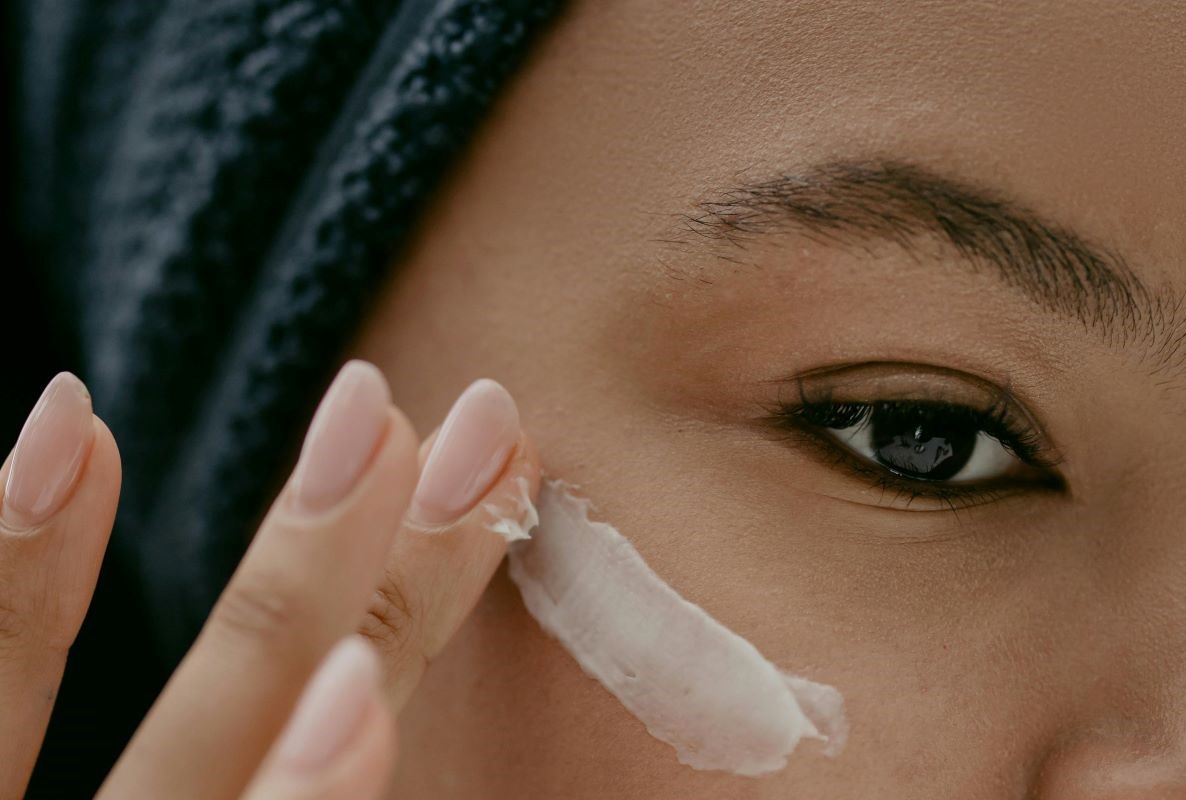Using an electric toothbrush can make a big difference in keeping your teeth and gums healthy, but how often should you replace it?
Whether you’re undergoing teeth straightening treatment with clear aligners or simply looking to maintain a great smile, an electric toothbrush provides a deeper clean than a manual one.
However, to get the most out of it, you need to know when it’s time for a replacement.
When should you replace your electric toothbrush?
Most electric toothbrushes are designed to last a few years, but they won’t last forever. On average, manufacturers recommend replacing your toothbrush every three to five years.
Over time, the internal battery weakens, and the motor can become less effective, reducing the power of your brush. If your toothbrush isn’t holding a charge as well as it used to or the motor seems weaker, it might be time for a replacement.
Regular maintenance can extend the life of your electric toothbrush. Keeping it dry between uses, storing it upright, and avoiding overcharging can help preserve its battery life. However, even with proper care, wear and tear will eventually take its toll.

How often should you replace electric toothbrush heads?
Unlike the toothbrush itself, the brush head needs replacing far more frequently.
Dentists recommend changing your brush head every three months, or sooner if the bristles start to fray. Worn-out bristles don’t clean as effectively, meaning plaque and bacteria can build up, even if you’re brushing regularly.
If you’re wearing clear aligners, good oral hygiene is especially important to prevent staining and plaque build-up on your teeth. Using a fresh, effective brush head helps ensure your teeth stay clean throughout treatment.
While general timelines are helpful, you might need to replace your toothbrush head sooner if you notice:
- Frayed or bent bristles
- Unpleasant odours or build-up
- Irritated gums or increased plaque build-up
Additional tips for oral care
Replacing your electric toothbrush and brush heads is an essential part of maintaining good oral hygiene, but there are several other habits you can adopt to keep your teeth and gums healthy.
A complete oral care routine ensures that you’re doing everything you can to protect your teeth and enhance the results of your orthodontic treatment.
Here are a few key tips:
- Brush twice a day with a fluoride toothpaste to help strengthen enamel and prevent decay
- Floss or use interdental brushes to remove plaque and food particles between teeth
- Clean your aligners (if you have them) with a suitable cleaner to prevent bacteria build-up
- Use alcohol-free mouthwash to keep your breath fresh and reduce plaque
- Visit your dentist regularly for check-ups and professional cleanings

By following these steps, you’ll ensure that your teeth stay in great condition for years to come. Proper oral care not only helps prevent cavities and gum disease but also contributes to overall dental health, improving your smile and boosting your confidence!




